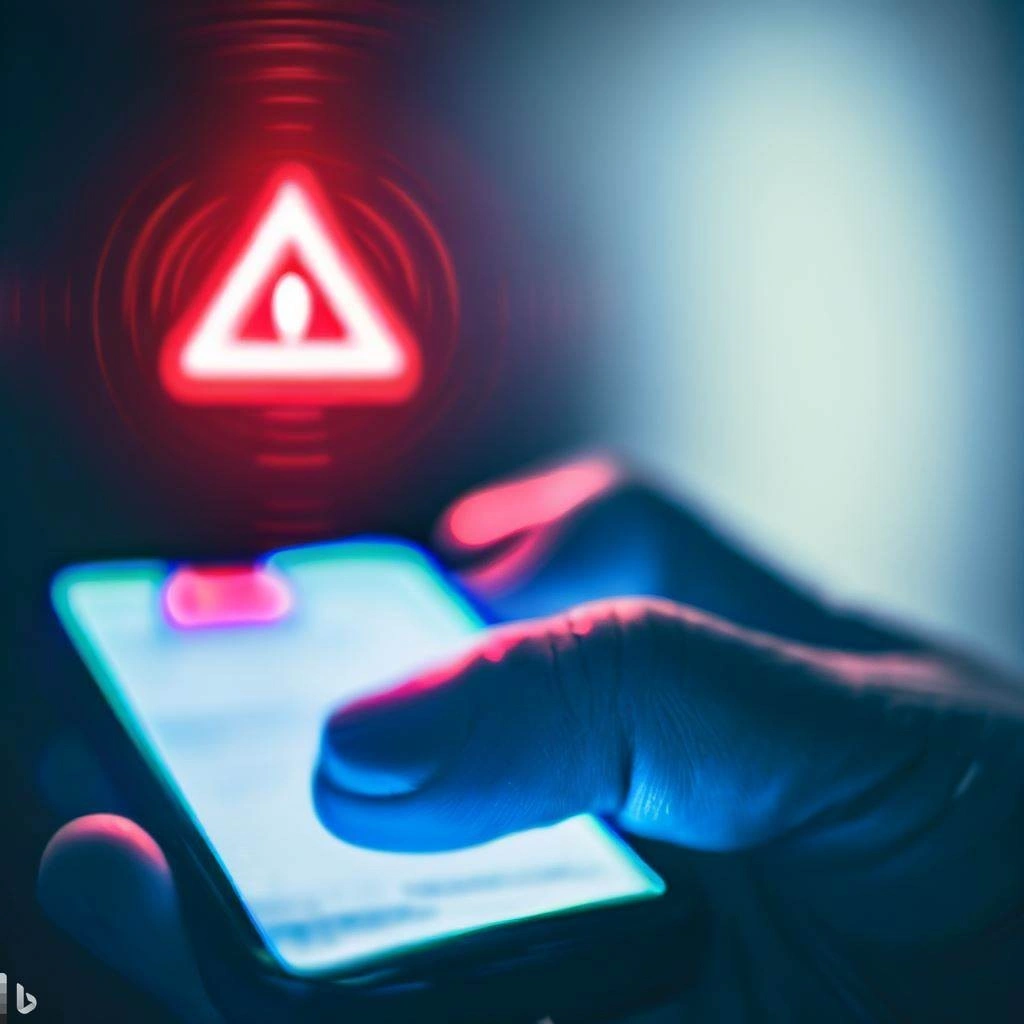Fake Project Detection: The Pros and Cons of Trusting Telegram Projects
March 13, 2025

Let’s face it—Telegram has become the unofficial HQ of crypto talk. Airdrops, token launches, early-stage alpha… it’s all there. But with every “golden opportunity” comes a darker side, and that’s where fake project detection steps in.
The real question? Are Telegram projects actually worth trusting? To figure that out, we’ve got to weigh both sides—because yeah, it’s not all black and white.
Pros of Telegram Projects (When They’re Real)
They’re fast, direct, and full of energy.
One of Telegram’s biggest draws is how immediate it feels. Real teams often use it to chat directly with early users, share updates, or test feedback loops in real time. No long email threads, no corporate fluff—just raw, unfiltered access.
You sometimes get in early—like really early.
The upside? Getting in on a promising project before it hits mainstream platforms. Some legit Telegram groups drop pre-sale invites, beta access, or info not yet listed anywhere else. For early adopters, that’s gold.
The community vibe can be electric.
When you land in a well-run Telegram group, it can feel like a real-time brainstorm session. Devs chatting, users asking questions, mods sharing memes… It feels alive, and that makes it easier to trust—at least on the surface.


Cons: Where Fake Project Detection Becomes Essential
Scammers know exactly how to blend in.
This is where things get tricky. The same openness that makes Telegram great also makes it a scammer’s playground. A fake project can look real. Slick whitepaper, chatty admins, a clean website—none of it means much if you don’t check deeper.
Zero accountability, zero guarantees.
Unlike regulated platforms, Telegram offers almost no safety net. Once you transfer funds or connect your wallet, that’s it. No refund, no recourse. If a fake project vanishes overnight, you’re basically out of luck.
Groupthink can cloud your judgment.
It’s subtle—but dangerous. Everyone in the group is hyped, saying stuff like “this is the next Solana” or “100x potential incoming.” You start doubting your gut. That’s the moment to slow down and engage your fake project detection radar.


What to Watch For: A Quick Breakdown
Let’s break it down—here are some signs that should set off alarms:
- Too much hype, too little detail — Promises of “guaranteed gains” but no tokenomics? Sketchy.
- Anonymous team with no traceable history — No LinkedIn, no Medium posts, no prior work? Red flag.
- No third-party mentions — If nobody outside their own channel is talking about it, why?
- Pressure to act fast — Limited-time offers and countdowns are often just bait.
Don’t get us wrong—not every fast-moving project is fake. But if it walks like a scam, talks like a scam… you know the rest.

How to Stay Smart Without Getting Paranoid
Fake project detection doesn’t mean you shut yourself off.
It means you stay curious, but cautious. Check the contract address, search for outside reviews, ask questions no one else is asking. Real teams won’t mind—scammers will.
And here’s a hot take: Sometimes the best move is to wait. Watch how the team responds to hard questions. See if devs actually deliver. A little delay can save you from a big regret.

Final Thoughts on Fake Project Detection: Balancing Risk, Gut, and Research
At the end of the day, fake project detection isn’t just a defensive move—it’s a survival tool. Telegram can be a goldmine, or a minefield. The difference? How well you weigh the pros against the cons.
So stay sharp, stay skeptical, and don’t let FOMO do the clicking for you.
Relevant news: here

